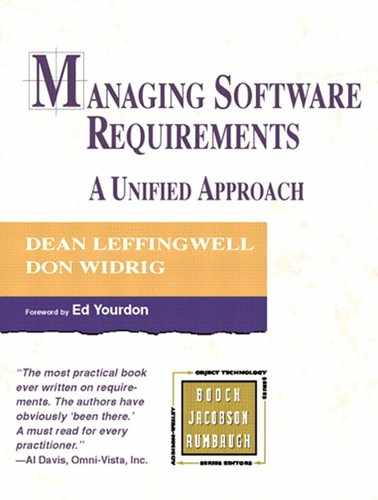The Standish Group survey cited "lack of user input" as the most common factor in challenged projects. Although 13 percent of respondents picked that cause as the primary root cause, an additional 12 percent of respondents picked "incomplete requirements and specifications." From this data, it's apparent that, for over one quarter of all challenged projects, a lack of understanding of the users' (and most likely other stakeholders') real requirements was a serious problem that interfered with the success of the project.
Unless we imagine that users worldwide are going to suddenly wake up one day and start doing a better job of both understanding and communicating their requirements, it's obvious that our development teams are going to have to take the initiative. In other words, our teams need to develop the necessary skills to elicit these requirements.
In Team Skill 1, we developed the skills that will help you understand the problem being solved. In Team Skill 2, we describe a number of techniques the development team can use to gather and to understand the real needs of prospective users and other stakeholders. In so doing, we'll also start to gain an understanding of the potential requirements for a system that we will develop to address these needs. While we do this, we will be focusing primarily on stakeholder needs, which live at the top of the requirements pyramid.
The techniques we look at range from simple, inexpensive, and straightforward techniques, such as interviewing, to modestly expensive and quite technical techniques, such as prototyping. Although no one technique is perfect in every case, exposure to a variety of techniques will provide the team with a rich set of skills to choose from. For each specific project, the team can then pick from the available techniques and apply the experience and knowledge gained from the elicitation effort on prior projects. In this way, the team will develop a set of skills that are unique and well suited to their environment and that can actively contribute to improved outcomes.
